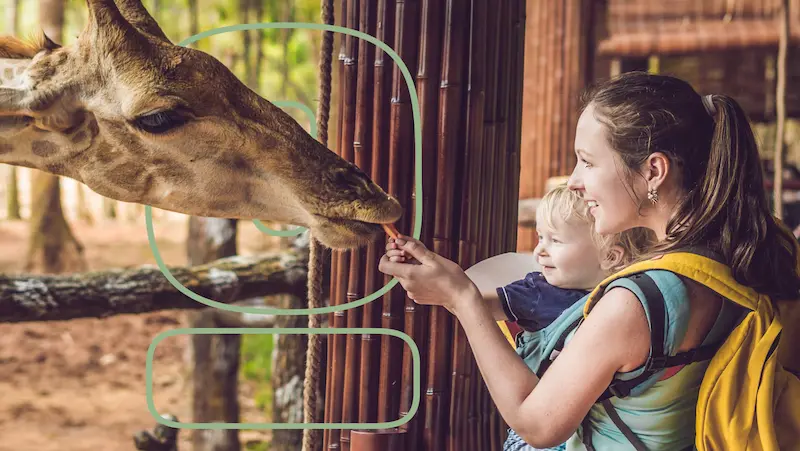Including animal events into classroom instruction has turned into a creative approach to involve pupils and improve their learning. Students learn more biology, conservation, and environmental responsibility by engaging with living animals and investigating natural settings. These immersive events inspire critical thinking and curiosity, therefore enhancing the value of the teachings. Programs bringing wildlife into classroom environments are being embraced by schools more and more to generate unforgettable learning opportunities. school incursions Melbourne, which let kids personally encounter animals, are among the best ways to help with this. This method strengthens fundamental academic ideas and promotes a love of environment.
Improving Involvement Through Practical Education
Many times depending on texts and lectures, traditional teaching approaches could restrict student involvement. Practical wildlife experiences offer an interactive substitute that grabs young brains. Students who see and interact with animals grow personally connected and become more motivated to learn. These encounters help children to understand difficult ideas by direct contact, therefore making abstract notions real. Because students are more likely to recall events than written knowledge, active participation in learning also enhances retention. Including animal experiences into their classrooms will help teachers design dynamic and interesting courses that appeal to their pupils.
Fostering environmental responsibility and empathy
Having animals in the classroom fosters empathy and a feeling of responsibility towards them and the surroundings. Students who contact with other species come to value the part animals perform in ecosystems more. This knowledge motivates them to change their behaviour and help with environmental protection. Real-life contacts with endangered animals and habitat degradation help one to develop awareness of world environmental problems. Students are motivated to become champions of wildlife protection by seeing how their actions affect the surroundings. These teachings help to produce a generation of ecologically sensitive people.
Increasing Scientific Knowledge
Experiential learning with animals gives students useful applications of theoretical ideas, therefore strengthening their scientific understanding. Seeing animal behaviour, researching adaptations, and knowing food chains becomes more interesting when one has personal experience. Classroom visits help pupils to view biological processes in action, therefore supporting important curricular subjects. These interactions inspire kids to ask questions and pursue more thorough understanding of the natural world. Combining theory with practice helps wildlife experiences close the distance between scholarly knowledge and actual science. Beyond the classroom, this approach fosters scientific inquiry and develops analytical abilities.
Developing Social and Correspondence Skills
Learning grounded in wildlife also encourages student cooperation and communication. Group projects featuring animal encounters inspire cooperation, conversation, and problem-solving. Developing their vital communication skills, students must express their observations, offer insights, and pay attention to the viewpoints of others. Understanding wildlife difficulties by working together fosters cooperative learning—that is, student support of one another in comprehending new ideas. Children who participate in meaningful conversations and voice their opinions develop confidence as well from these encounters. Beyond only academics, hands-on wildlife education has social advantages that support general personal growth.
Building Memories for Lasting Learning
One of the most important benefits of experiential wildlife learning is the generation of lifelong memories supporting instructional ideas. Learning is more successful when students remember interesting activities more vividly than conventional classes. Experiences with live animals become turning points in a child’s education that shapes their perspective on the environment. These events give pupils stories they can relate, therefore expanding their education outside the classroom. Seeing animals up close has a lasting effect that makes science and environmental education fun. Such memories help one to have a lifetime respect of knowledge and discovery.
By making courses interesting, participatory, and unforgettable, experiential wildlife learning presents a novel method of instruction. school incursions melbourneoffer young students great chances to see the beauties of nature in an instructional environment. Including these events into curricula will help teachers motivate a fresh generation of environmentally conscious people who value and preserve the natural surroundings.
Also read: How Technology Improves the Experience in a Luxury Hotel?

